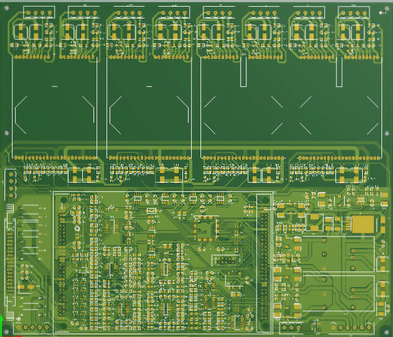PCB Classification
PCB boards are categorized based on the number of circuit layers they have. They can be single-layer, double-layer, or multi-layer boards. Multi-layer boards can range from 4 to dozens of layers, offering more flexibility in circuit design.
Single-Sided Boards
Single-sided boards have components on one side and wires on the other. They are suitable for simpler circuits where wiring does not need to cross paths.
Double-Sided Boards
Double-sided boards have wiring on both sides connected through vias. They provide more space for complex circuits compared to single-sided boards.
Multi-Layer Boards
Multi-layer boards combine single or double-sided wiring boards to accommodate more complex circuits. They can have 4 to 6 layers, with the possibility of up to 100 layers for specialized applications.
PCB Composition
PCBs consist of various elements:
- Circuit and Pattern: Conductive paths for components and power distribution.
- Dielectric Layer: Insulation between circuit layers.
- Through Hole / Via: Connections between layers.
- Solder Resistant / Solder Mask: Insulation for non-soldered areas.
- Legend / Marking / Silk Screen: Component identification.
- Surface Finish: Protection for copper surfaces.
PCB Appearance
PCBs are made of insulated materials with copper foil patterns. They are typically green or brown, with a silk screen for component positioning. Electronic components like ICs and transistors are mounted on the board for circuit functionality.


